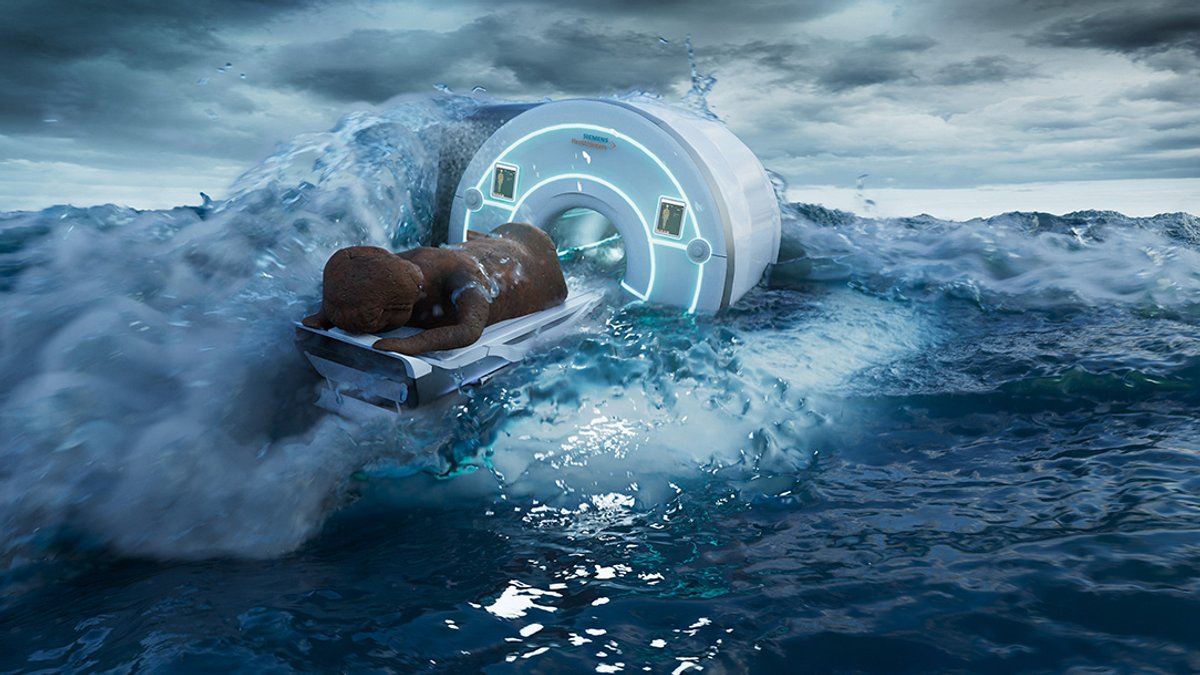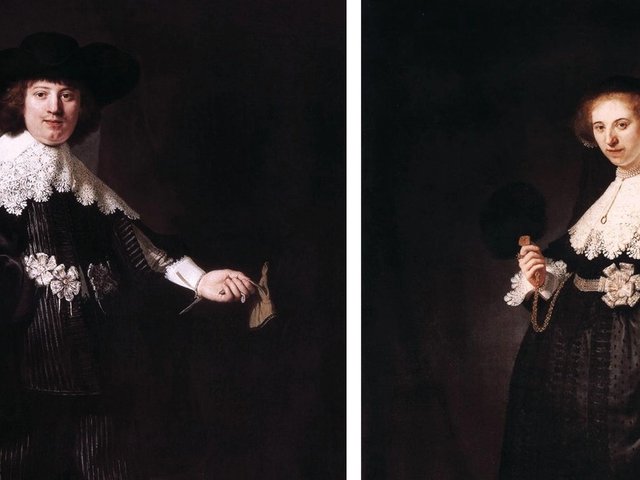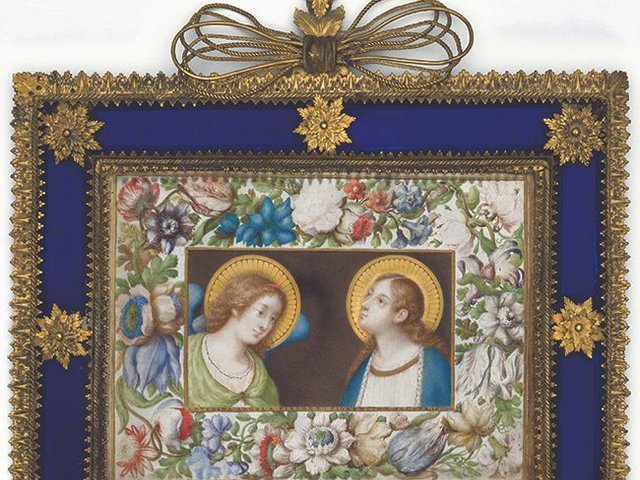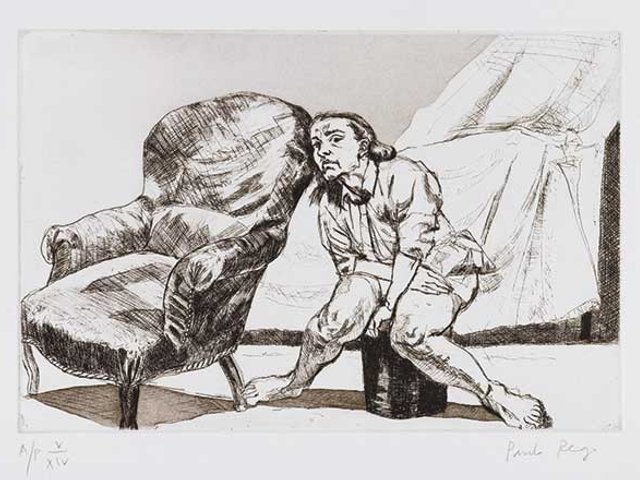Ruth Patir's (M)otherland (2024)
Jewish Museum, New York
Ruth Patir’s (M)otherland was originally commissioned for the Israel Pavilion at the 2024 Venice Biennale but never opened to the public there. The artist and curators pledged to keep the five-part video installation closed until a ceasefire was reached in the Israel-Hamas war in Gaza. The work will premiere in March at the Tel Aviv Museum of Art before joining the reinstalled collection galleries of New York’s Jewish Museum later this year. (M)otherland is Patir’s response to the societal pressures she experienced while undergoing state-funded fertility treatment in Israel, in which she blends intimate conversations with her doctors and loved ones with digital animations of fertility goddess figurines.
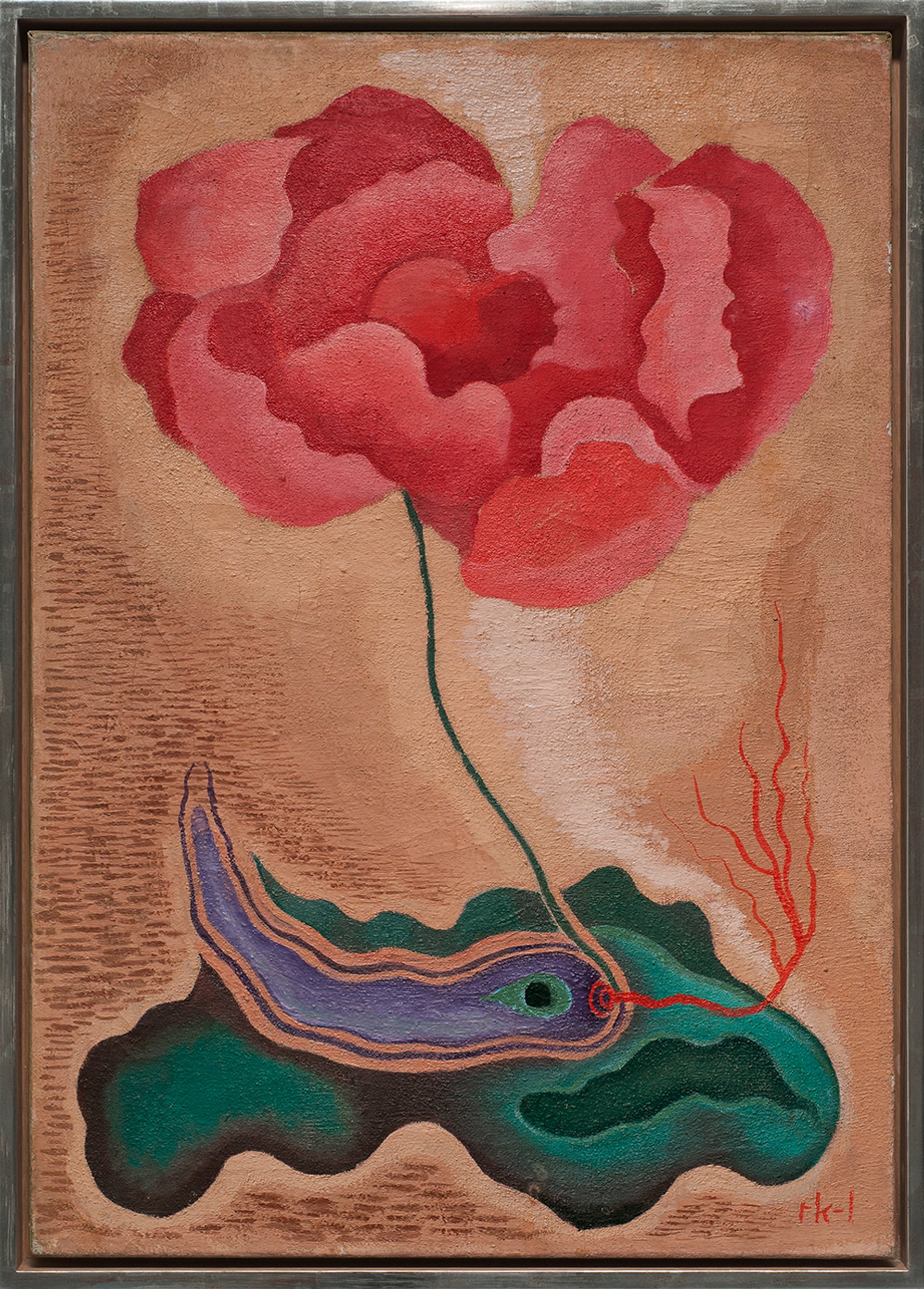
Rita Kernn-Larsen's Valmue (around 1935) Canica Kunstsamling
Works of Nordic Modernism from the Canica collection
Kunstsilo, Kristiansand
Nicolai Tangen, the head of Norway’s $1.7tn sovereign wealth fund, is the driving force behind Kunstsilo, a new museum of Nordic Modernism that opened in his hometown of Kristiansand last year. Tangen’s AKO Foundation recently expanded its holdings with 333 pieces purchased for NOK240m ($21m) from the Canica collection, amassed by his fellow mega-collector Stein Erik Hagen. Ranging from 1910 to 1970, the acquisitions represent key avant-garde artists such as Danish Surrealists Wilhelm Freddie and Rita Kernn-Larsen (whose work Valmue, around 1935, is pictured right) and Nordic Concrete painters Erik Olson, Otto G. Carlsund, Charlotte Wankel and Ragnhild Keyser, who all trained with Fernand Léger in 1920s Paris. The works are due to be displayed at Kunstsilo from 2026.
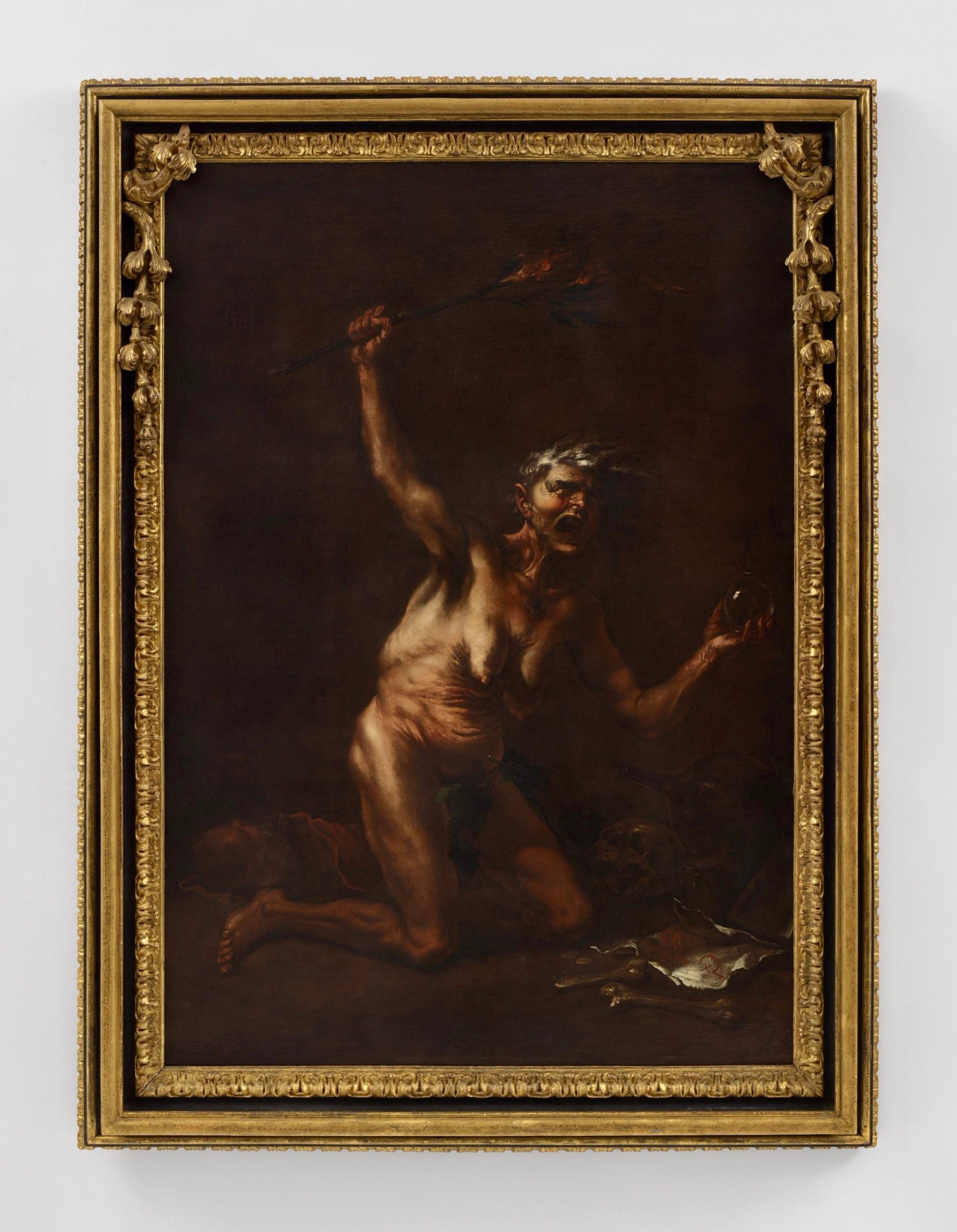
Salvator Rosa, La Strega (around 1647-50) Courtesy Gallerie degli Uffizi
Salvator Rosa's La Strega (around 1647-50)
Gallerie degli Uffizi, Florence
Naked and howling with rage, an aged witch performs black magic at the centre of Salvator Rosa’s shadowy composition, La Strega (the witch). The 17th-century Neapolitan artist, best known for his wild landscapes, explored the theme of witchcraft in a series of paintings during the 1640s, when he worked as a court painter to the Medici in Florence. La Strega is by far the largest, towering more than two metres high. Rosa depicted a swaddled infant in the background, a macabre allusion to the legend that witches used children’s blood in their satanic rituals. La Strega has returned to Florence after many years abroad following the Uffizi’s acquisition of the painting for €450,000 from Old Master dealer Nicholas Hall.


